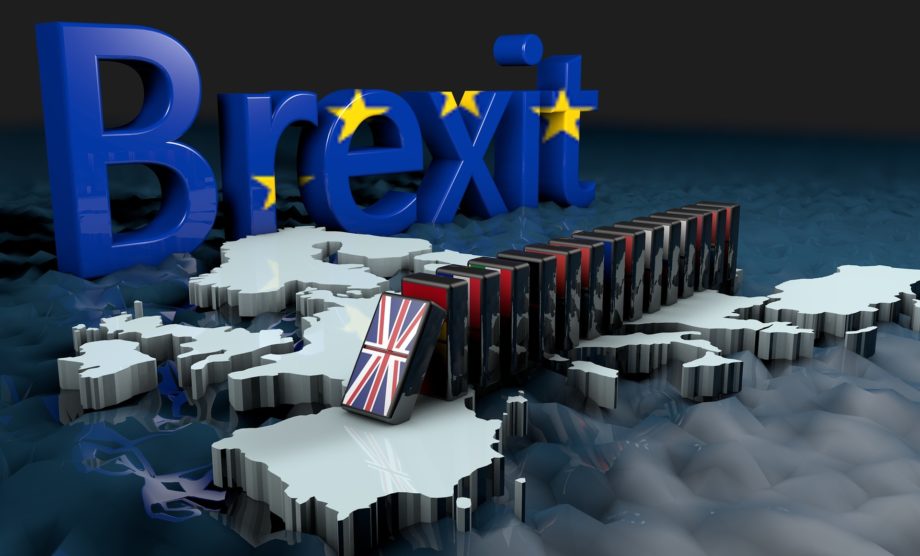How did we get here?
In June, 2016 the UK held a referendum, proposed by David Cameron’s 2015 Conservative government as a means of assuaging his party’s Eurosceptic wing and in an attempt to stem the rise of UKIP. He at least achieved one of those objectives.
72% of the registered electorate voted in an advisory referendum and 17.4 million people representing 52%, voted for the UK to leave the EU, based on incomplete and misleading information, with the Government having no plan for what to do in the event of a result to leave.
David Cameron resigned as Prime Minister within hours of the referendum result and the Conservatives replaced him with an unopposed Teresa May. Mrs May was a Remain supporter, but vowed to deliver BREXIT.
In early 2017 parliament backed the government’s European Union Bill, supported by the Labour leadership, by 498 votes to 114 and triggered Article 50, setting the clock ticking on BREXIT. As a result, in the absence of a BREXIT deal, the UK will leave the UK on 29 March 2019.
In July 2017 Mrs May called a snap General Election. The aim was to increase her majority and strengthen her hand in negotiations with the EU, sure in the knowledge she could then get her deal approved by parliament. It all went horribly wrong, the Conservatives lost their majority entirely, needing the support of the DUP, from Northern Ireland, for the six votes they needed for a working majority.
As of December 2018 Mrs May has a deal, but there is no consensus in parliament for any BREXIT option – the deal, no deal or remain – total deadlock with just 100 days til the 29 March.



